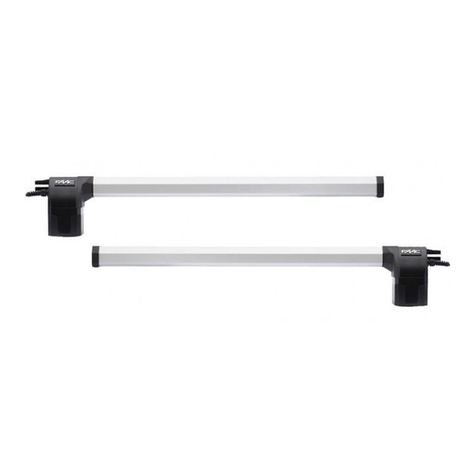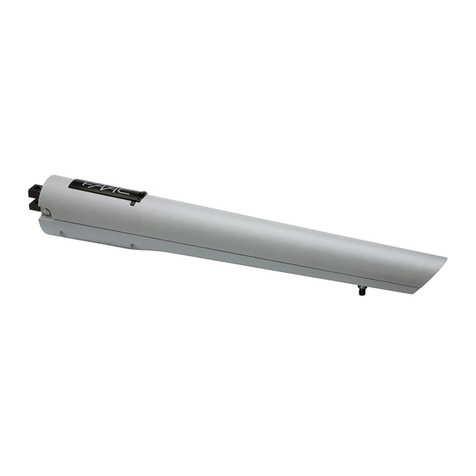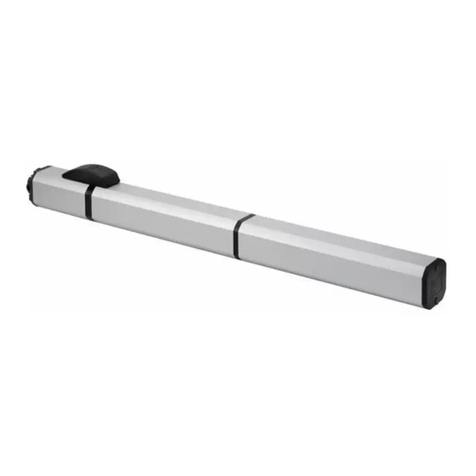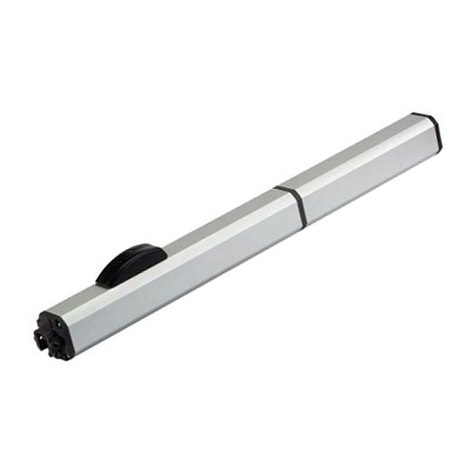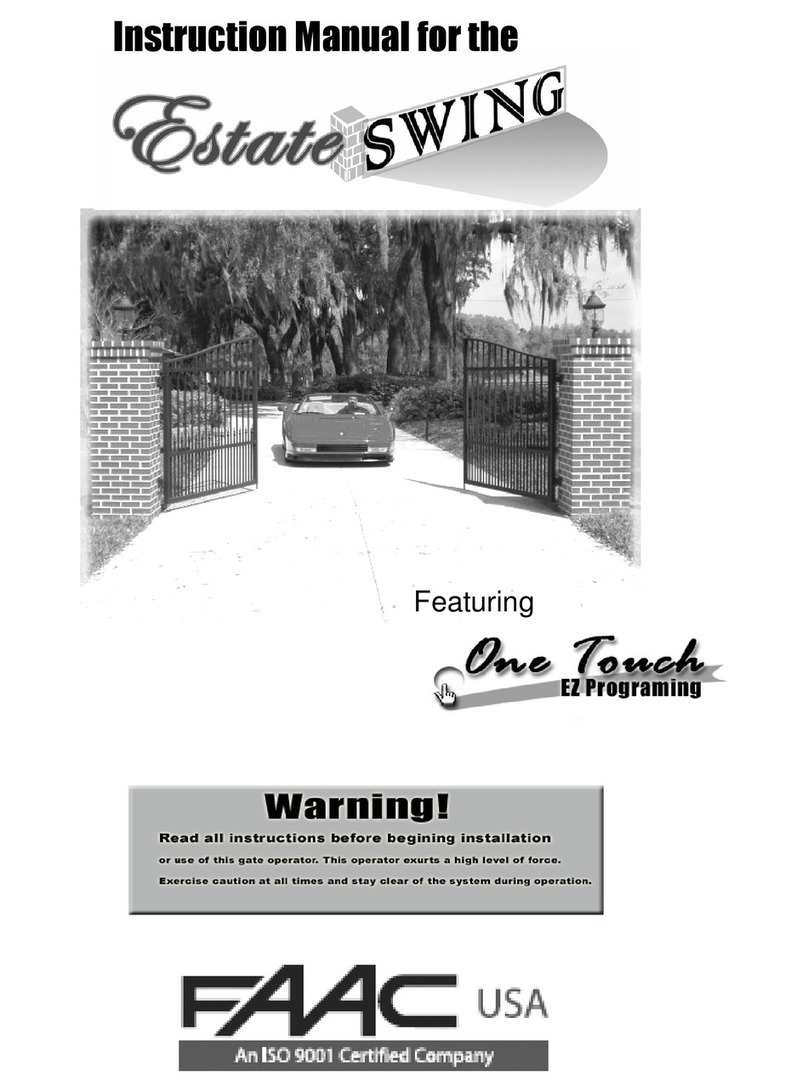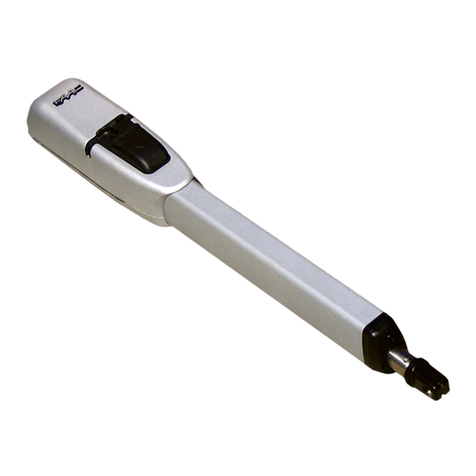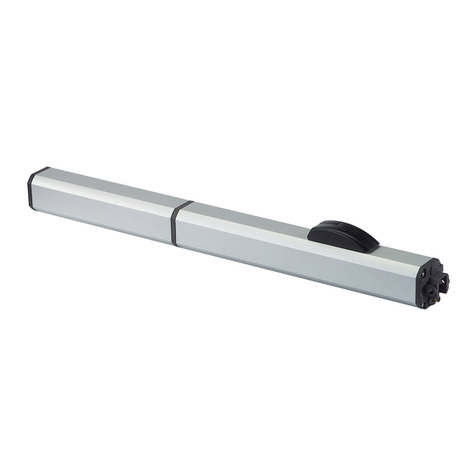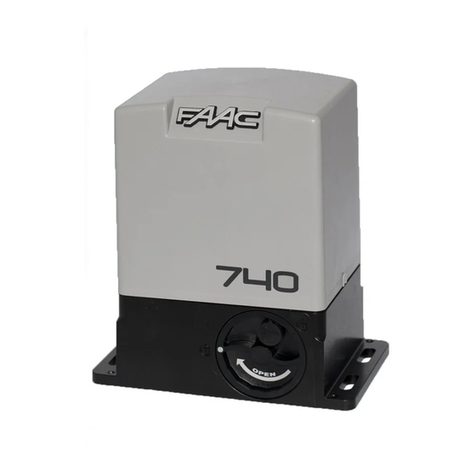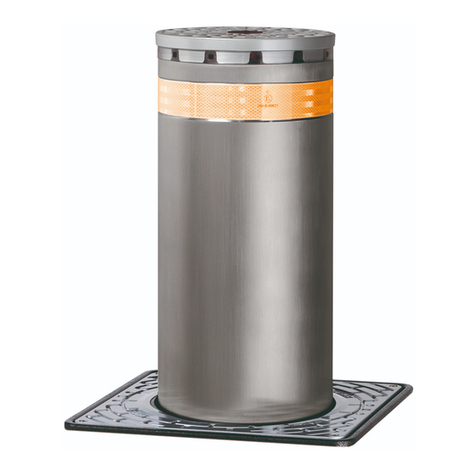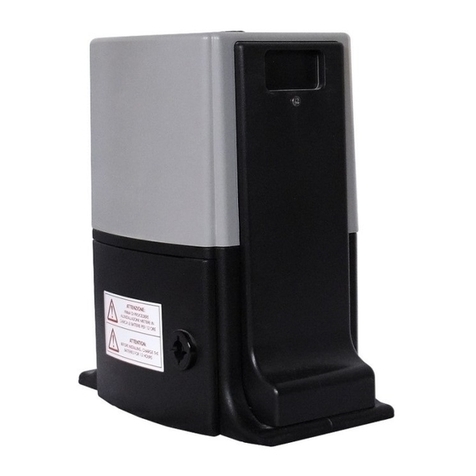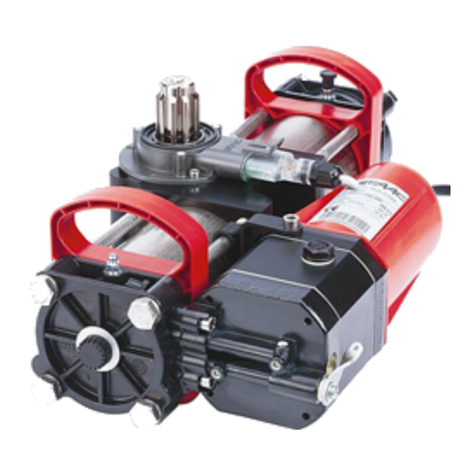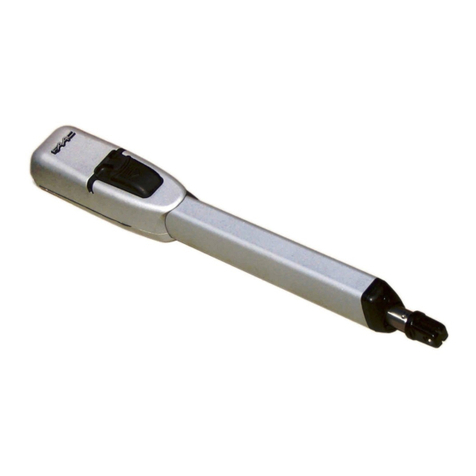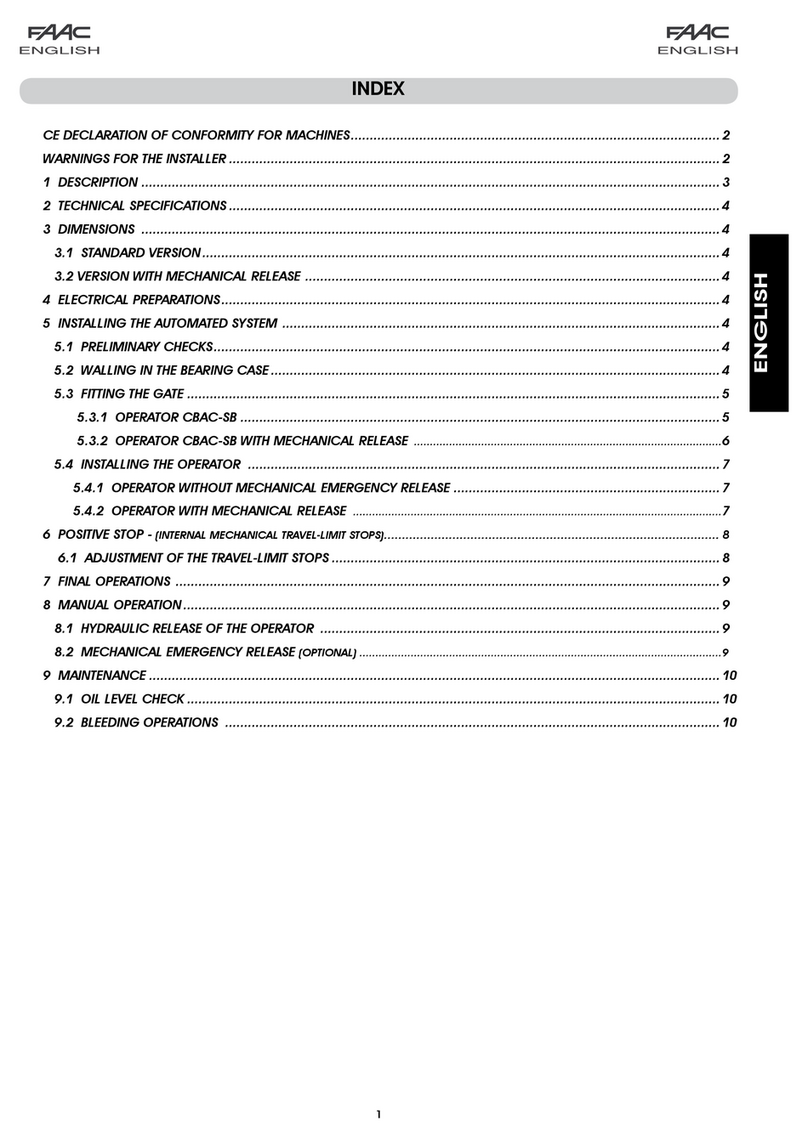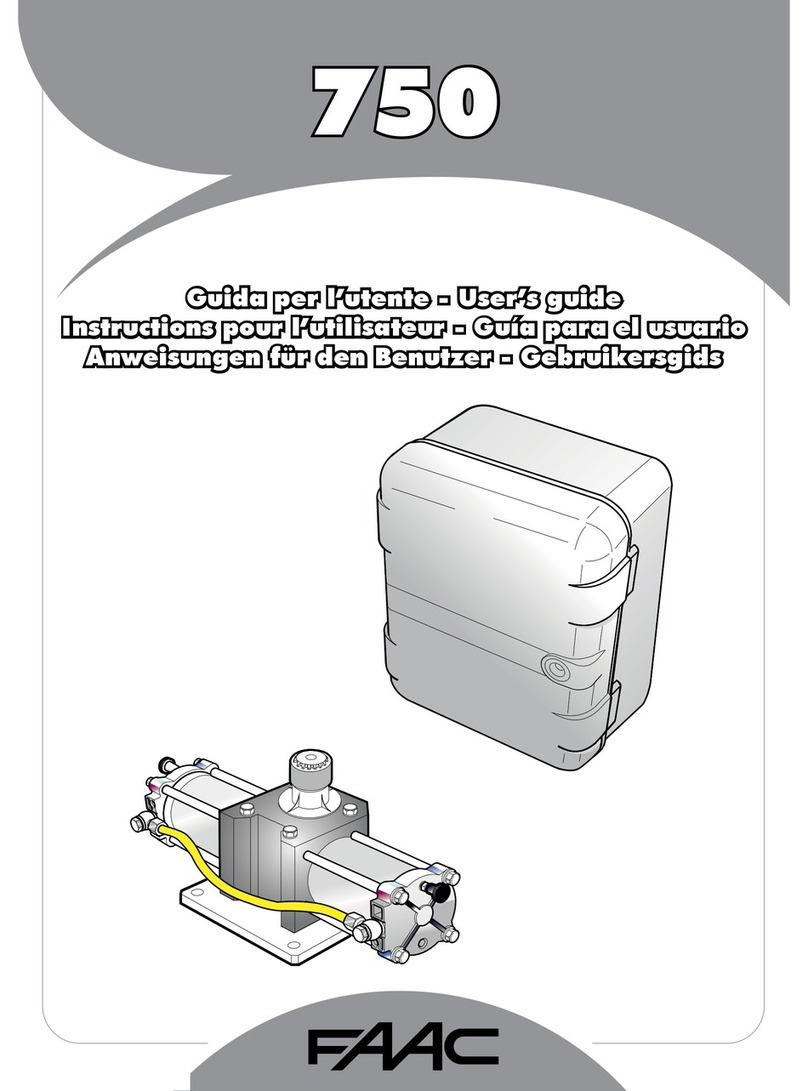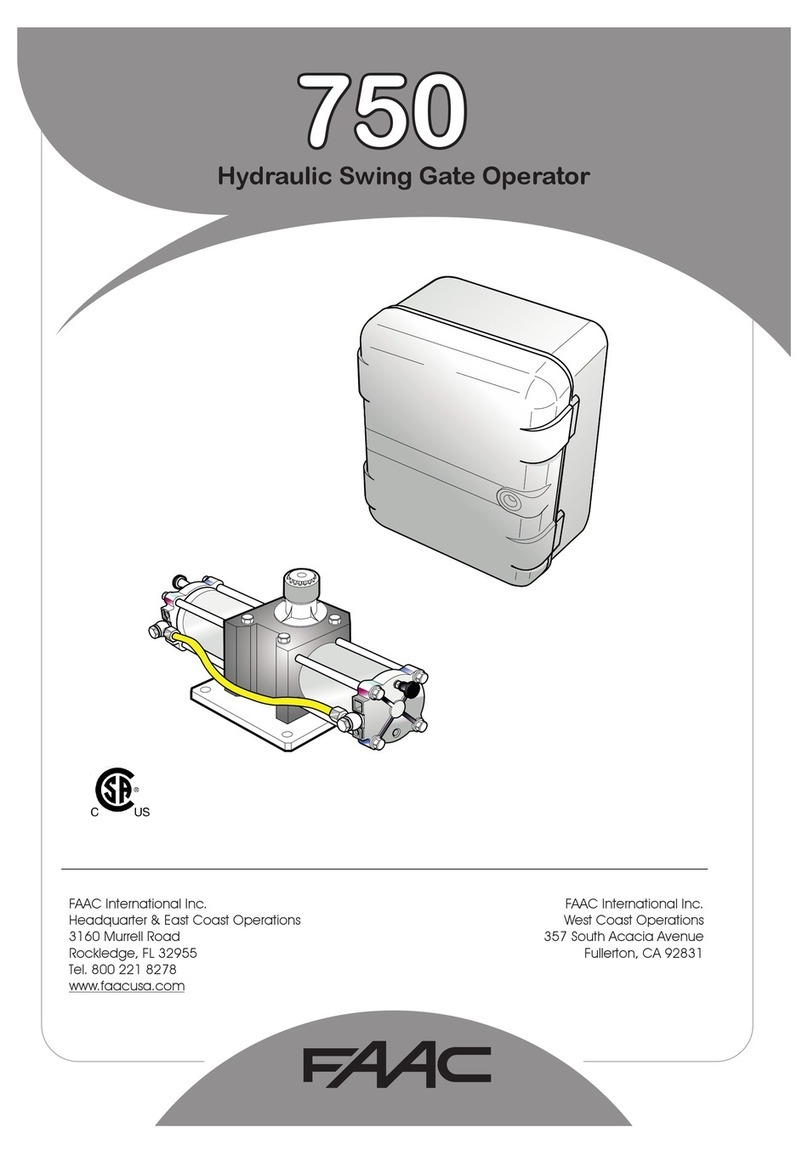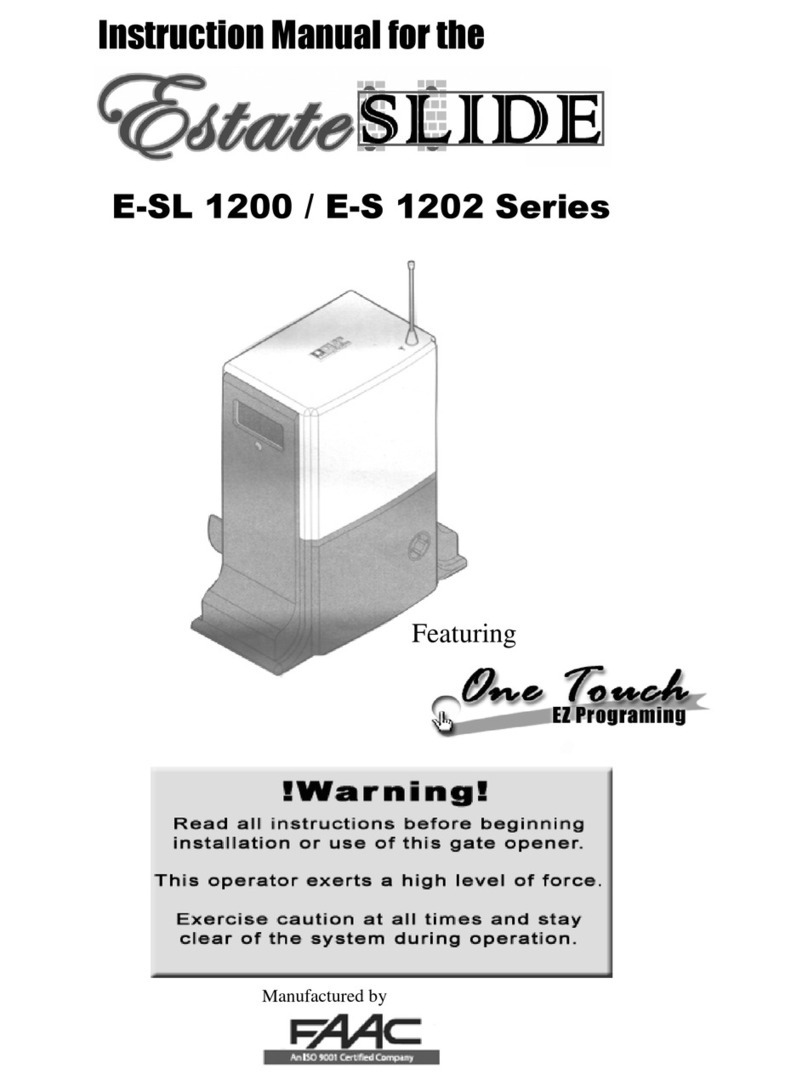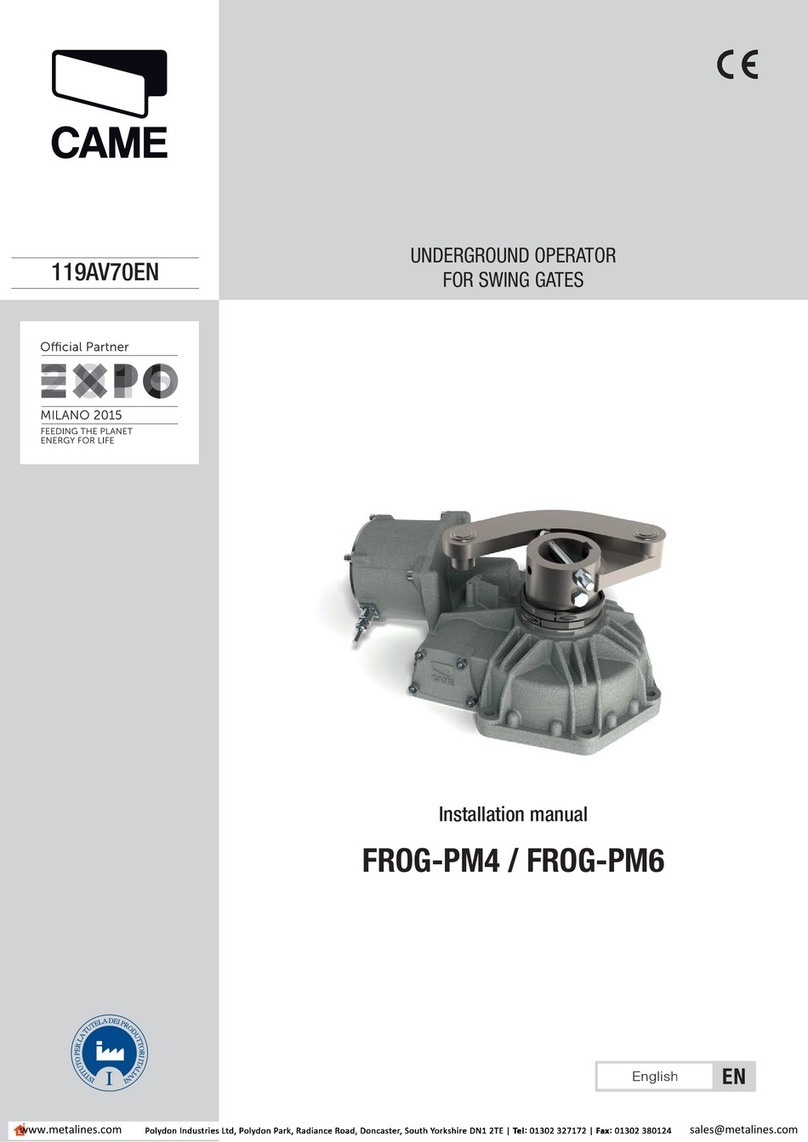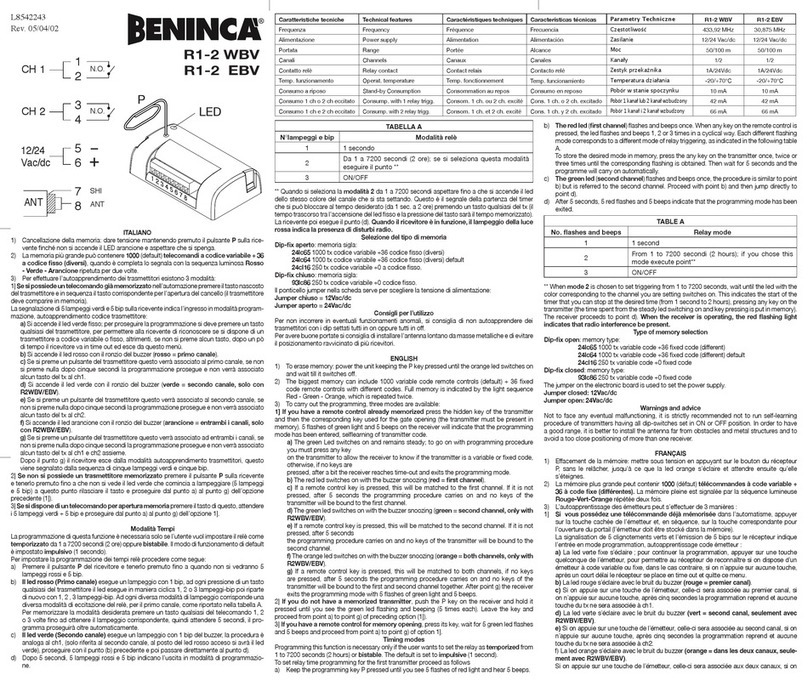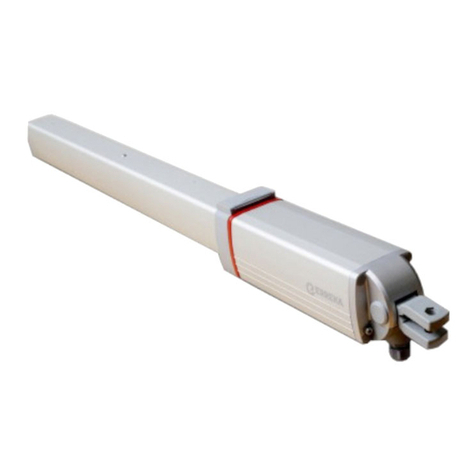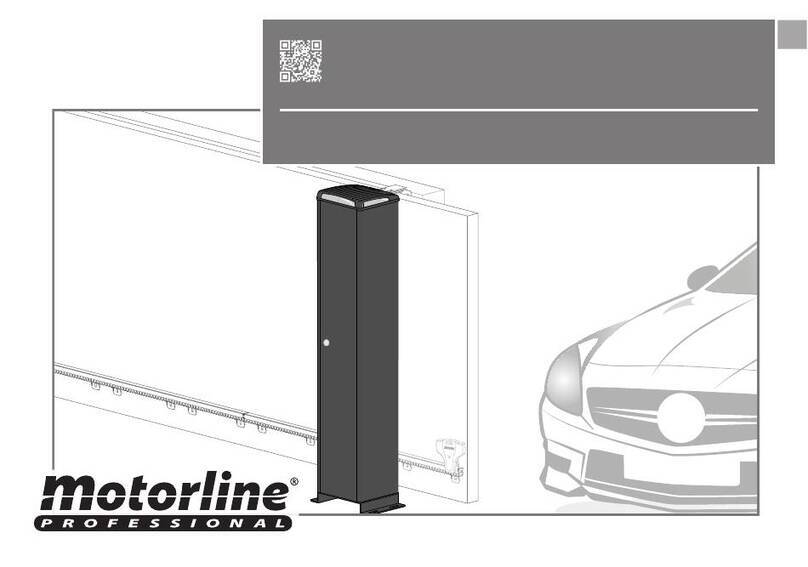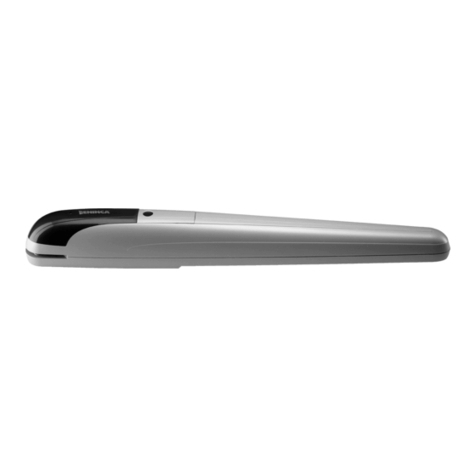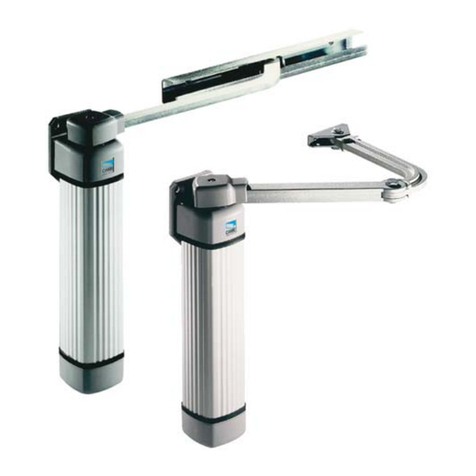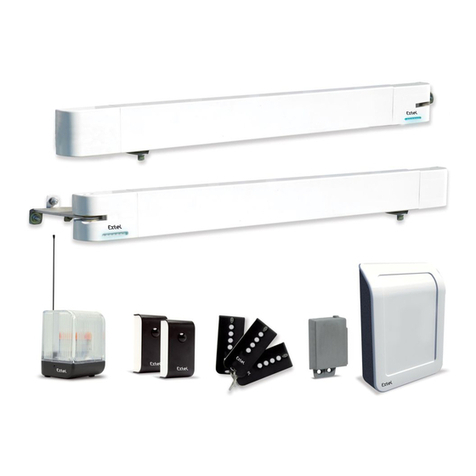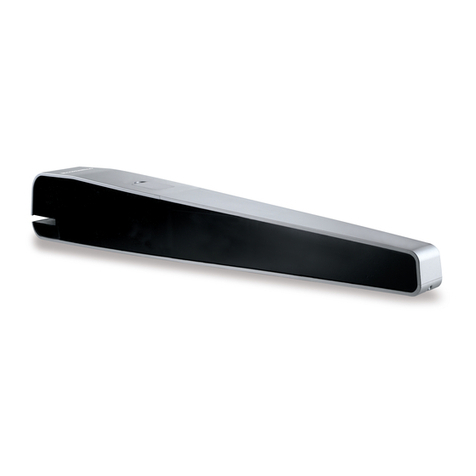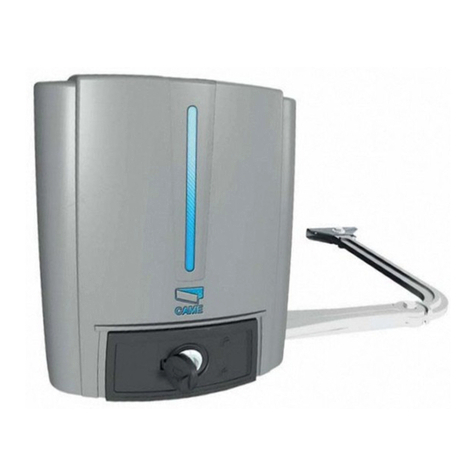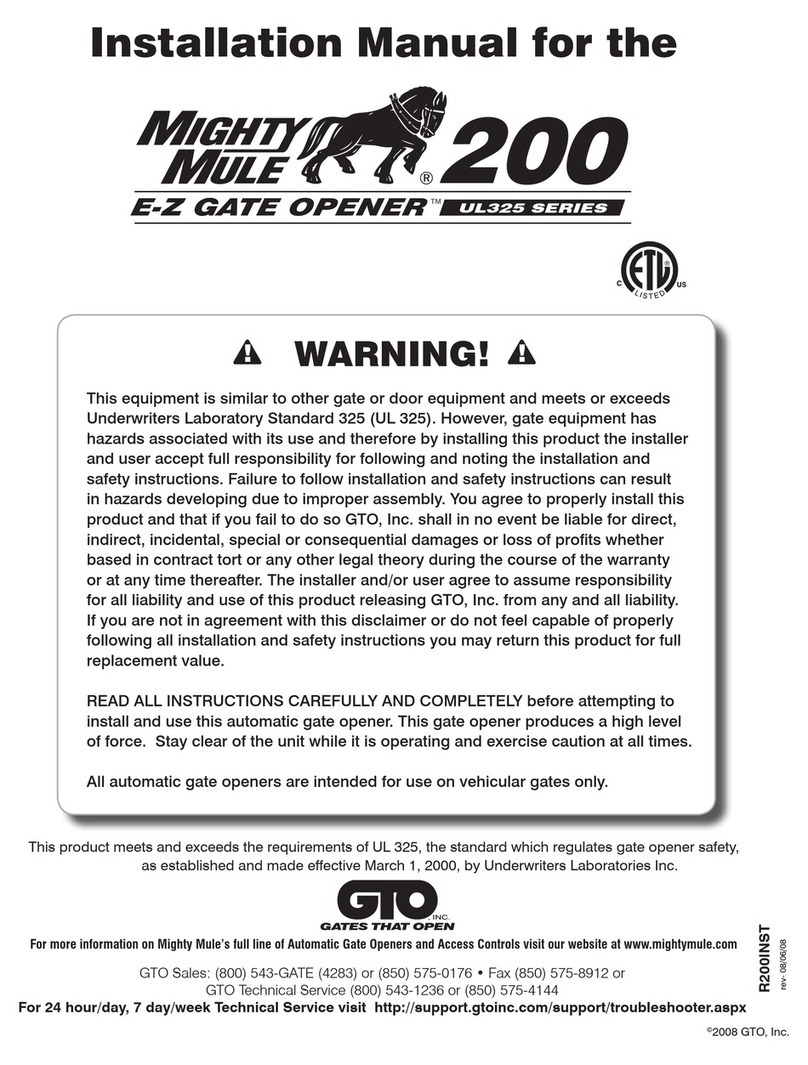
I
IMPORTANT
MPORTANT
S
SAFETY
AFETY
I
INFORMATION
NFORMATION
IMPORTANT USER INSTRUCTIONS:
Automatic gate systems provide user convenience and limit vehicular traffic. Because these systems can produce high levels
of force, it is important that you are aware of the potential hazards associated with the system. Potential hazards may include
pinch points, entrapment positions, lack of proper pedestrian access, blind spots for traffic visibility.
It is the joint responsibility of the designer, purchaser, installer and end user to verify the system is properly configured for its
intended use. Be sure that the installer has instructed you on the proper operation of the gate and gate system before use. Be
sure the installer trains you about the basic functions of the required reversing devices associated with the gate system and
how to properly test them. Reversing devices may include reverse loops, sensing edges, photoelectric cells, inherent reverse
detection, and/or other external devices.
All users should follow and understand the following points:
Carefully read and follow all instructions in this manual and keep it in a safe place for future reference.
Carefully read and follow the “Restrictions & Warnings” section of this manual.
Carefully read and follow the “Entrapment Prevention” section of this manual.
Carefully read and understand the “Glossary of Terms” section of this manual.
Make sure that all residents and users are familiar with the proper use of the gate system and its potential hazards.
Make sure proper reversing devices are installed on all gates to avoid all potential hazards and entrapment.
Understand loops and loop detectors, photoelectric cells and other devices must be installed with this gate operator to prevent the gate
from closing on vehicles.
Installation, service and maintenance must be carried out by qualified personnel.
Understand the manufacturer can not be held responsible for damage or injury caused by improper, erroneous or unreasonable use.
Failure to comply with these guidelines may create a dangerous situation and will void any and all warranties.
Always consult your qualified dealer if any concerns or questions arise.
RESTRICTIONS & WARNINGS:
WARNING - To reduce the risk of injury of death:
1. READ AND FOLLOW ALL INSTRUCTIONS.
2. Never let children operate or play with gate controls. Keep the remote control away from children. Never allow children to play in the
area of the gate system.
3. Always keep people and objects away from gate. NO ONE SHOULD CROSS THE PATH OF THE MOVING GATE!
4. Test the operator monthly. The gate MUST reverse on contact with a rigid object or stop or reverse when an object activates the non-
contact sensors. After adjusting the force or the limit of travel, retest the gate operator. Failure to adjust and retest the gate operator
properly can increase the risk of injury or death. If any reverse device functions improperly, remove the operator from service
immediately.
5. KEEP GATES PROPERLY MAINTAINED. Read the owner’s manual. Have a qualified service person make repairs to gate hardware.
6. The entrance is for vehicles only. Pedestrians must use separate entrance. Keep all pedestrian traffic away from the gate.
7. Use the emergency release/shut off only when the gate is not moving. Make sure the power for the gate operator is off by using the
On/Off switch located inside the cover on the left side of the controller.
8. Every gate operator installation MUST have secondary protection devices against entrapment, such as edge sensors and photoelectric
cells more in particularly in places where the risk of entrapment is more likely to occur. Proper reversing devices MUST be installed on
all gates to avoid all potential hazards and entrapment.
9. SAVE THESE INSTRUCTIONS
WARNING: A moving gate can cause serious injury or death. Read and follow all
Installation Manual, Reference Manual, and Warning Label Instructions.
!
DSW2000 Swing Gate Operator 3
